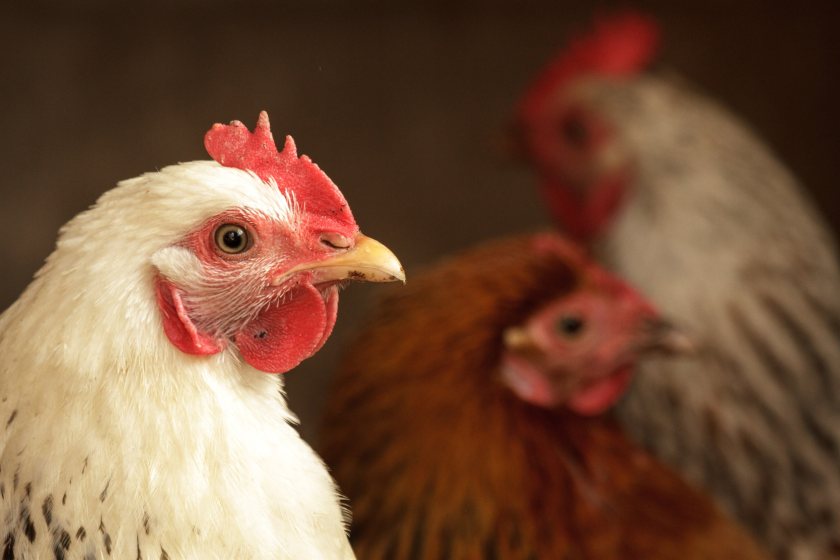
The outlook for global poultry markets is further improving, driven by accelerated growth in poultry meat consumption and supply growth in many markets.
This is according to Rabobank, which says that after four years of disruptive conditions, poultry markets are moving toward more “normal” market conditions.
Global trade is expected to become more competitive than in the past two years due to shifts in trade flows.
Despite a 2% increase in global chicken prices, chicken remains a competitively priced protein option, as prices of pork and beef have increased by 4% and 5%, respectively.
However, operations remain a critical area of focus for producers, according to Rabobank’s report.
Feed prices have hit their lowest point after two years of decline, and have increased for the first time in two years (+1%) due to weaker-than-expected harvest predictions in Brazil, North America, and Europe.
According to Nan-Dirk Mulder, analyst at Rabobank, strong emphasis on procuring feed ingredients and optimising feed formulations will be necessary, particularly considering the risk of a La Niña season on global crop harvests, which could affect major grain producers.
“Most of this global growth has been driven by strong local market conditions rather than trade,” he explained.
“This is particularly true for emerging markets in Southeast and South Asia, Africa, and Latin America.
“Lower feed prices have made chicken more affordable, supporting demand recovery.”
The EU and the US are performing well this year, Rabobank says, with relatively strong demand, controlled production growth, and rising prices.
The main exceptions to this relatively strong market environment are China and Japan, where the industry has experienced overly ambitious growth rates above 3% this year, which negatively impacted local profitability.
Brazil had also been heading toward an oversupply, but recent production cuts are expected to help balance the markets.
In Q1 2024, global poultry trade dropped by 5% YOY, with a 40% reduction in Chinese imports being a notable cause, the report explains.
The weak and oversupplied domestic chicken market in China was the primary driver behind this significant drop in trade. Key exporters to China – Brazil, the US, and Russia – have all felt this decline.
Mr Mulder said: “We expect that these countries will seek alternative markets to offset the impact of reduced Chinese trade, particularly affecting chicken feet and leg markets.”
Additionally, the new EU import quota for Ukraine will impact global trade in breast meat and whole chicken, particularly as Ukraine will increasingly look for alternative markets.
Avian influenza remains a critical concern for the poultry industry globally, requiring an ongoing strong focus on biosecurity practices to mitigate risks, Rabobank’s report says.
Risks are currently shifting back into the Southern Hemisphere, with recent outbreaks in Australia and ongoing cases in South Africa and Latin America.
These outbreaks could lead to sudden shifts in trade flows, both for imports and exports.
